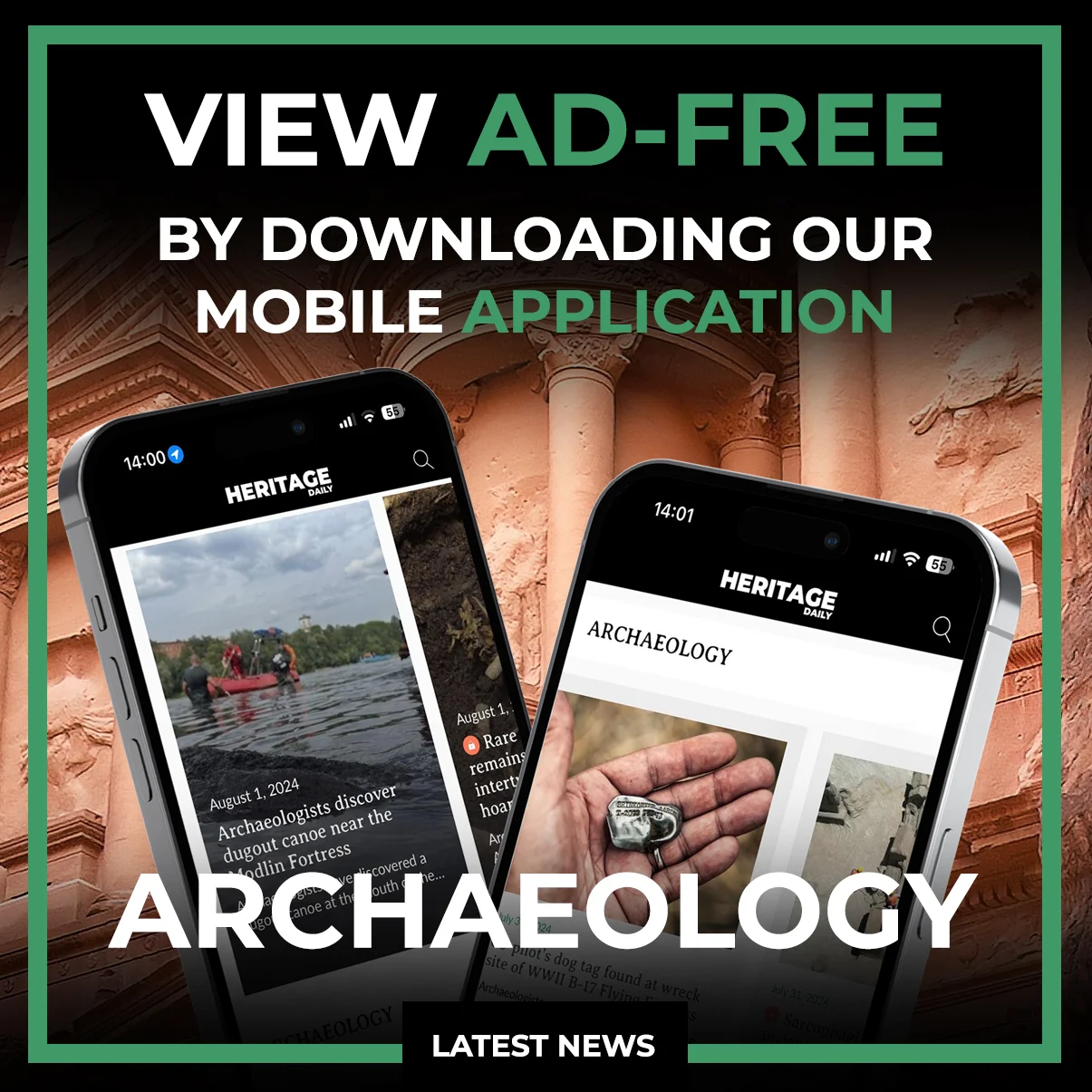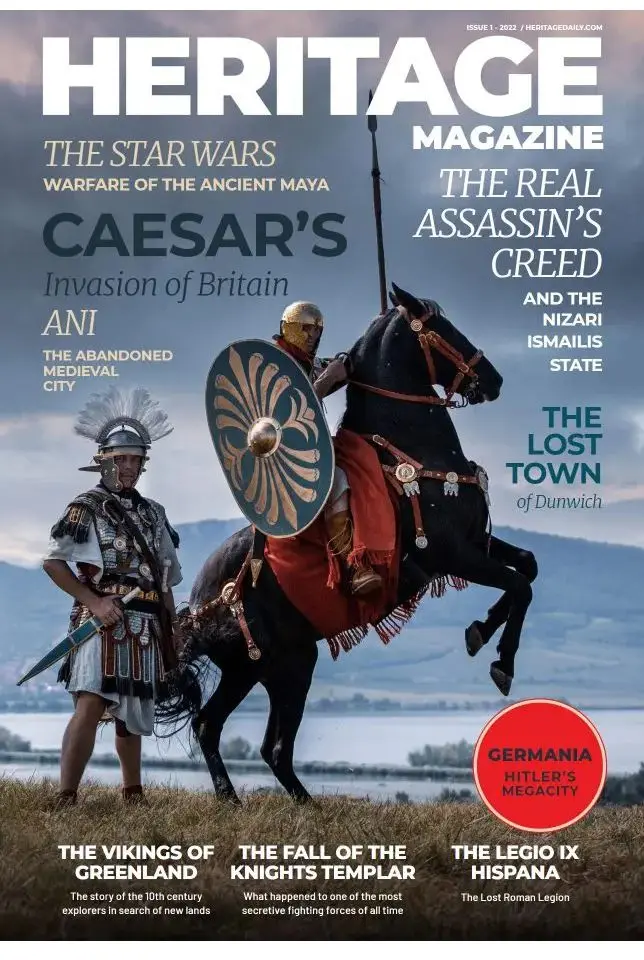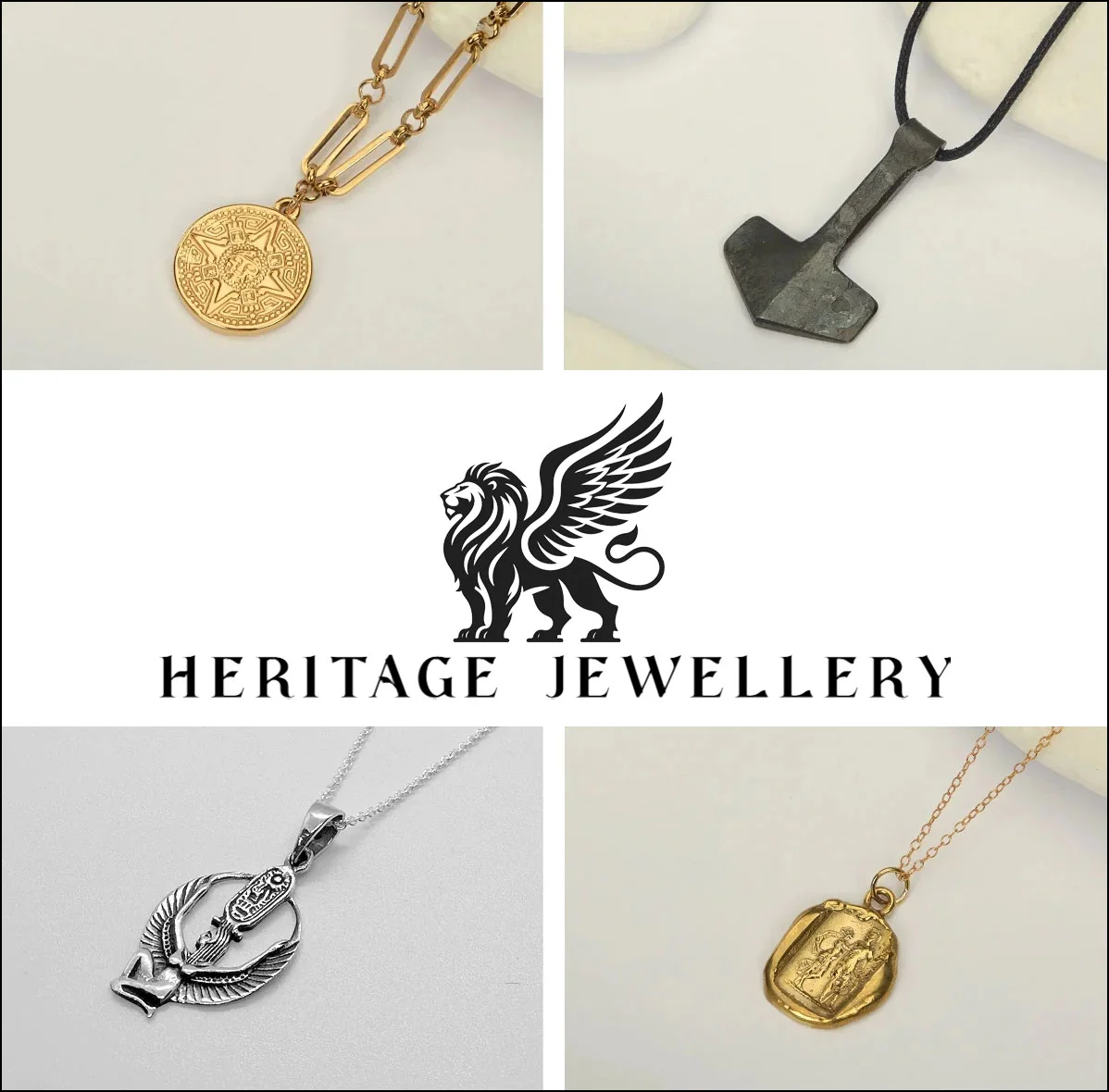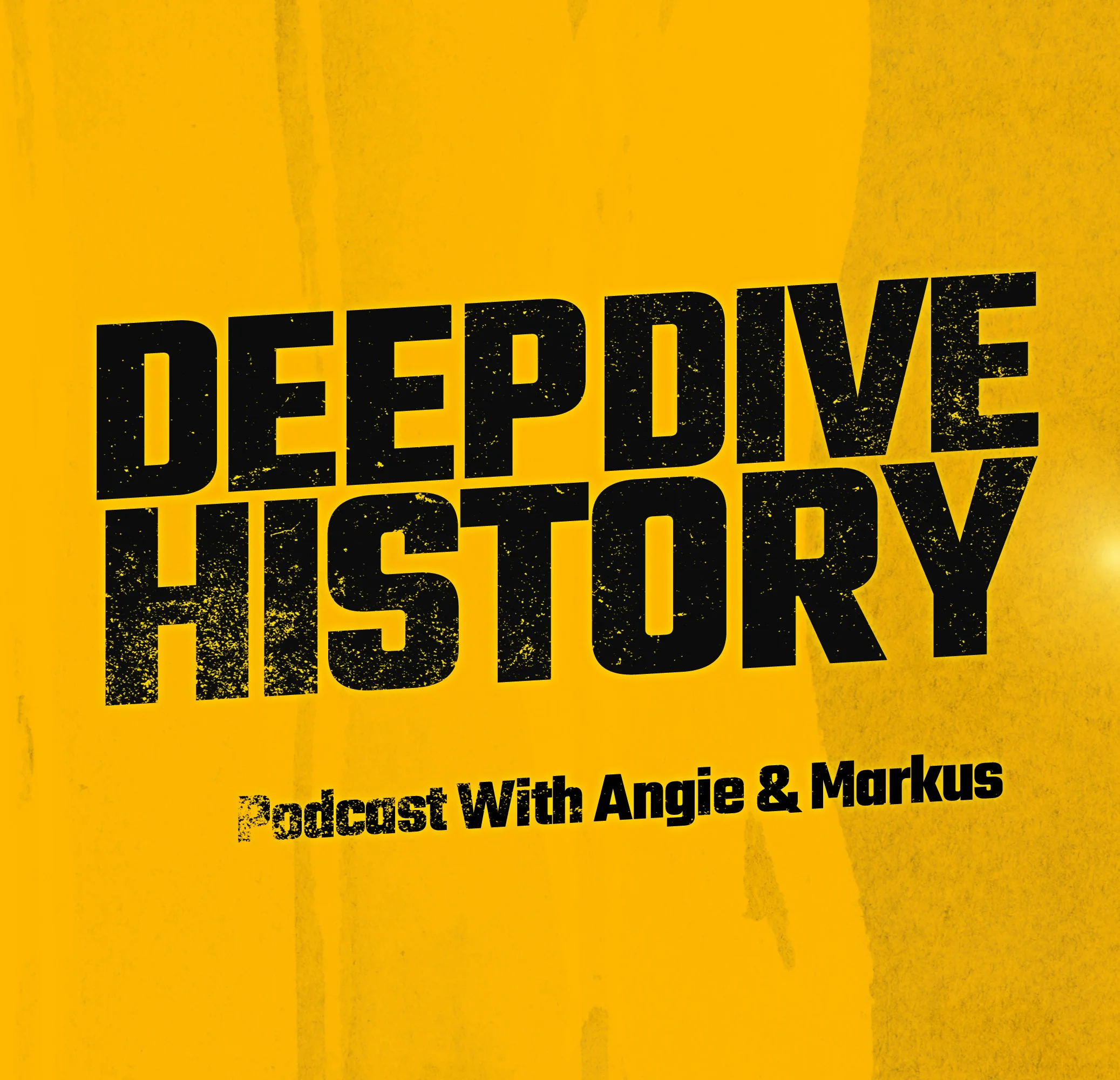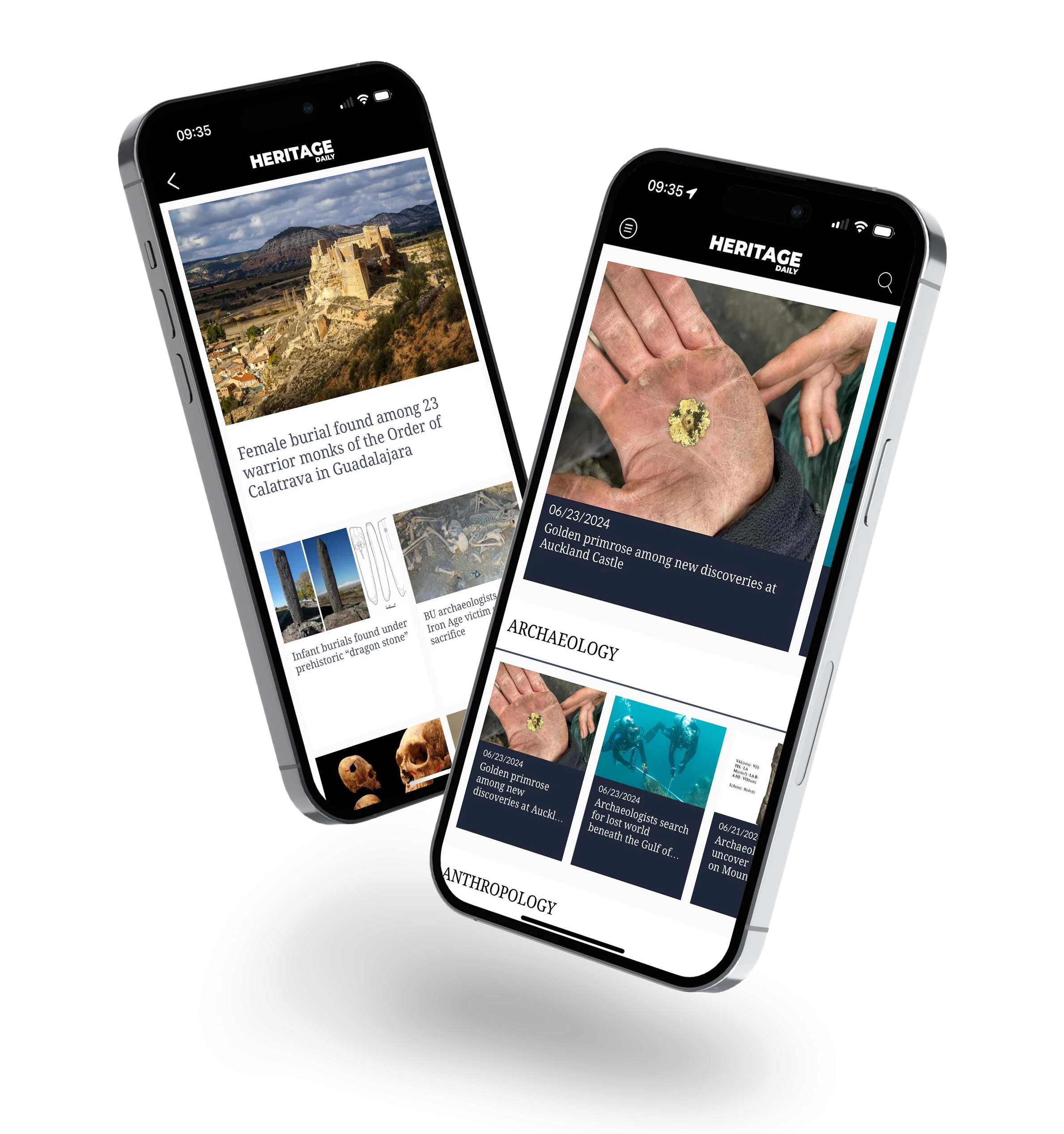Archaeologists have discovered a system of hidden tunnels beneath the Chavín de Huántar temple complex in the Ancash Region of Peru.
Chavín de Huántar is a pre-Inca site constructed by the Chavín culture, a people of the Peruvian highlands who emerged in the Mosna Valley around 900 BC.
The Chavín first settled at Chavín de Huántar during the Urabarriu Stage (900 to 500 BC), with occupation lasting until around 250 BC. The complex served as a major ceremonial centre and gathering place for pilgrims and perhaps a home for an oracle.
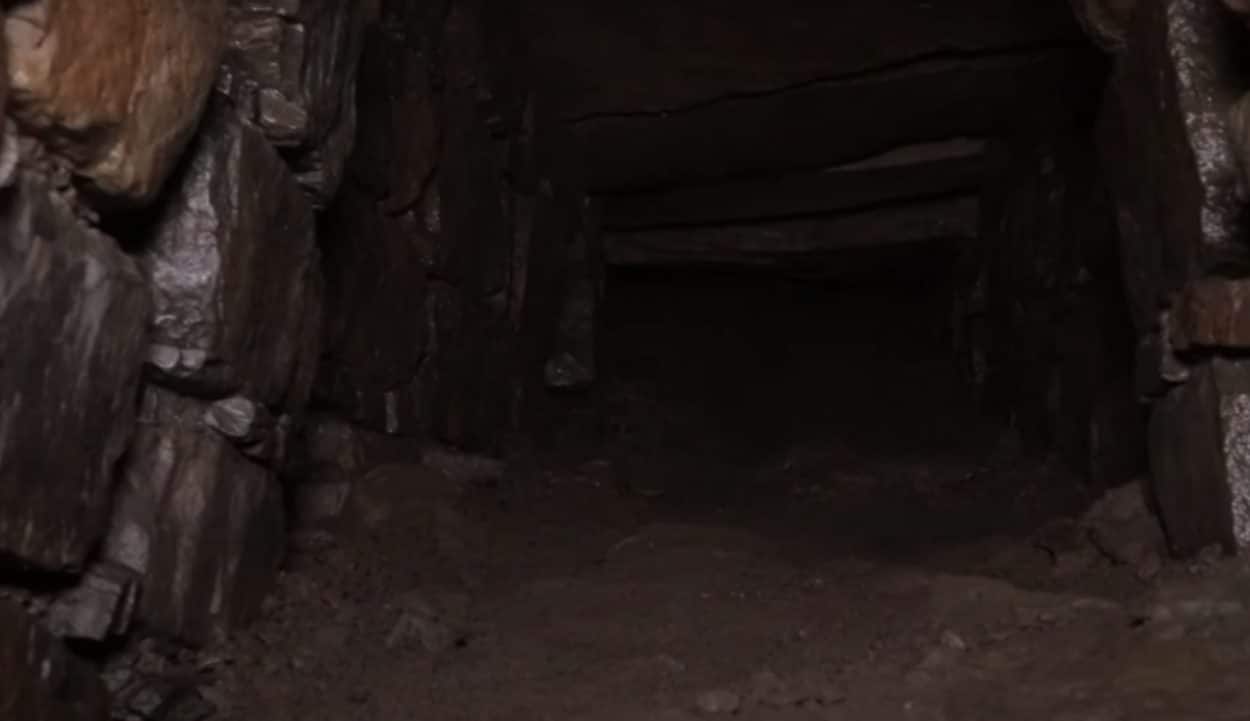
Back in 2019, archaeologists from the the Chavín de Huántar Archaeological Research and Conservation Program at Stanford University used a robotic camera to explore a small duct in Building D. This revealed a gallery and chamber which appeared to have an object in the centre.
Further studies were delayed due to the pandemic, but researchers have finally managed to enter the gallery and a system of 35 interconnecting tunnels believed to predate the construction of the temple’s galleries.

The object from the 2019 camera survey is a sculptural ceremonial stone bowl with a three-dimensional carving of the head of a condor, resulting in the researchers naming the tunnels the gallery of the condor.
From this discovery, archaeologists have affirmed that the gallery is purely ceremonial and represents a transitional space of time between the late pre-ceramic site of Caral, and the middle and late formative period.
Header Image Credit : Christian Vinces – Shutterstock



